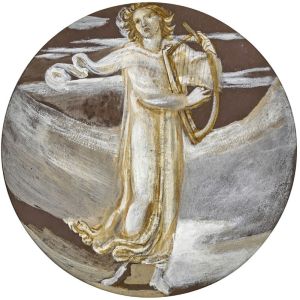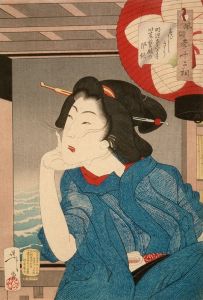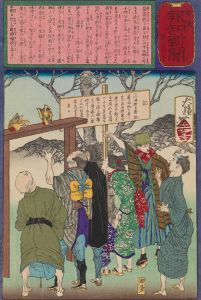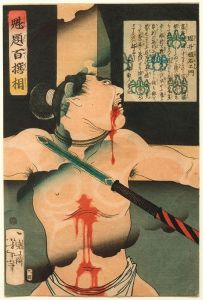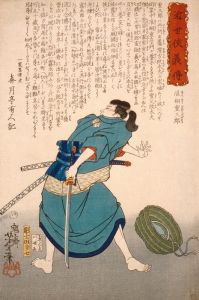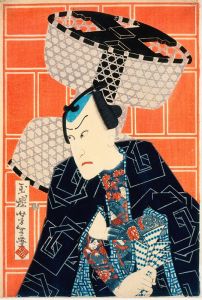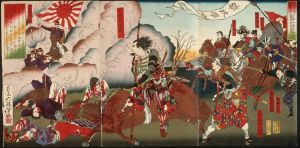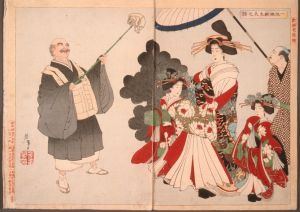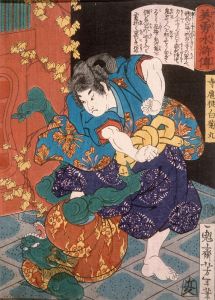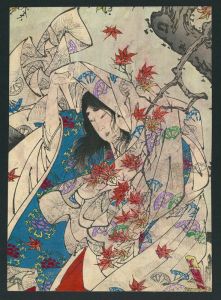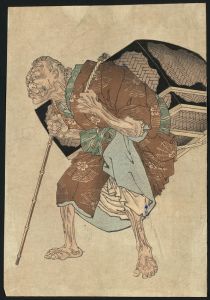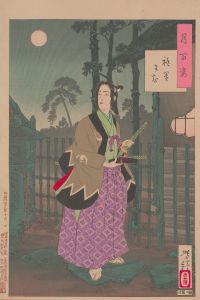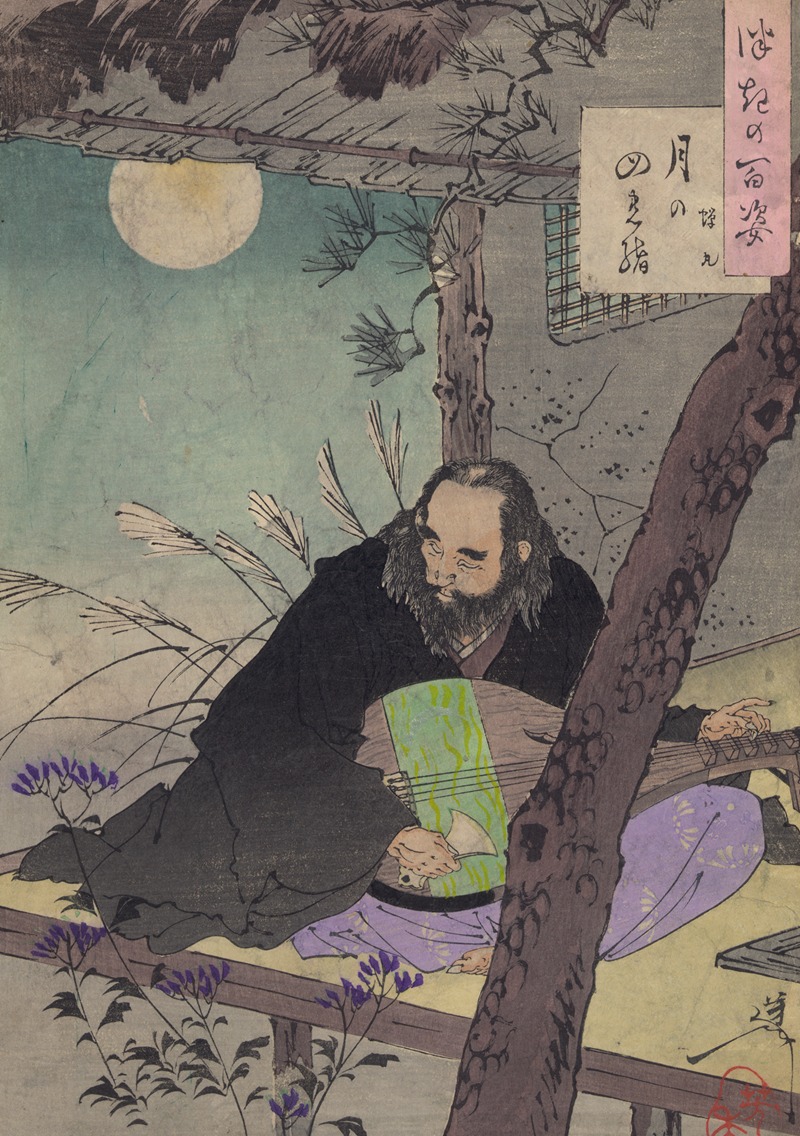
Semimaru
A hand-painted replica of Tsukioka Yoshitoshi’s masterpiece Semimaru, meticulously crafted by professional artists to capture the true essence of the original. Each piece is created with museum-quality canvas and rare mineral pigments, carefully painted by experienced artists with delicate brushstrokes and rich, layered colors to perfectly recreate the texture of the original artwork. Unlike machine-printed reproductions, this hand-painted version brings the painting to life, infused with the artist’s emotions and skill in every stroke. Whether for personal collection or home decoration, it instantly elevates the artistic atmosphere of any space.
Tsukioka Yoshitoshi (1839–1892) was a renowned Japanese artist known for his woodblock prints and paintings, particularly during the late Edo and early Meiji periods. He is often celebrated for his innovative approach to traditional ukiyo-e art, bringing a fresh perspective to the genre during a time of significant cultural and societal change in Japan. One of his notable works is "Semimaru," which is part of his series "New Forms of Thirty-Six Ghosts" (Shinkei Sanjūrokkaisen), created towards the end of his career.
"Semimaru" depicts the legendary figure Semimaru, a blind musician and poet from Japanese folklore. According to legend, Semimaru was a son of Emperor Uda, who lived in seclusion near Mount Osaka. He is often portrayed as a symbol of the transient nature of life and the beauty of impermanence, themes that are deeply rooted in Japanese aesthetics and philosophy.
Yoshitoshi's depiction of Semimaru is characterized by his distinctive style, which combines traditional Japanese elements with a more modern, expressive approach. The print captures the ethereal and melancholic essence of the legendary figure, emphasizing the emotional depth and complexity of the subject. Yoshitoshi's use of color, line, and composition in "Semimaru" reflects his mastery of the woodblock printing technique and his ability to convey mood and narrative through visual art.
The "New Forms of Thirty-Six Ghosts" series, to which "Semimaru" belongs, is a collection of prints that explore supernatural and ghostly themes, drawing inspiration from Japanese folklore, literature, and history. This series is considered one of Yoshitoshi's masterpieces, showcasing his ability to blend traditional storytelling with innovative artistic techniques. Each print in the series is a standalone work that tells a unique story, often featuring mythical creatures, spirits, and legendary figures like Semimaru.
Yoshitoshi's work, including "Semimaru," is highly regarded for its technical excellence and emotional depth. His prints often explore themes of beauty, violence, and the supernatural, reflecting the complexities of human experience and the cultural shifts occurring in Japan during his lifetime. Despite facing personal and professional challenges, including periods of mental illness and financial difficulty, Yoshitoshi's legacy endures as one of the last great masters of the ukiyo-e tradition.
Today, Yoshitoshi's prints are celebrated for their artistic innovation and historical significance. They offer insight into the cultural and social dynamics of 19th-century Japan, as well as the enduring power of traditional Japanese art forms. "Semimaru" remains a testament to Yoshitoshi's skill and creativity, capturing the timeless allure of Japanese folklore and the universal themes of impermanence and beauty.





